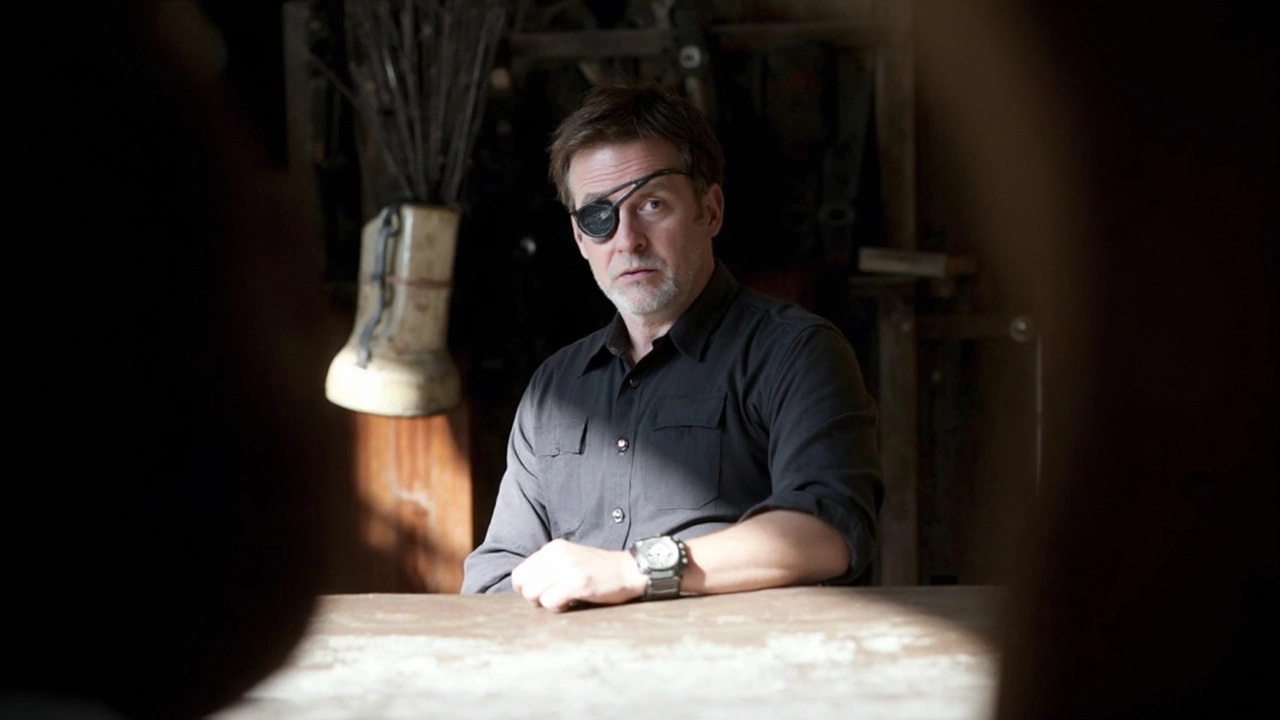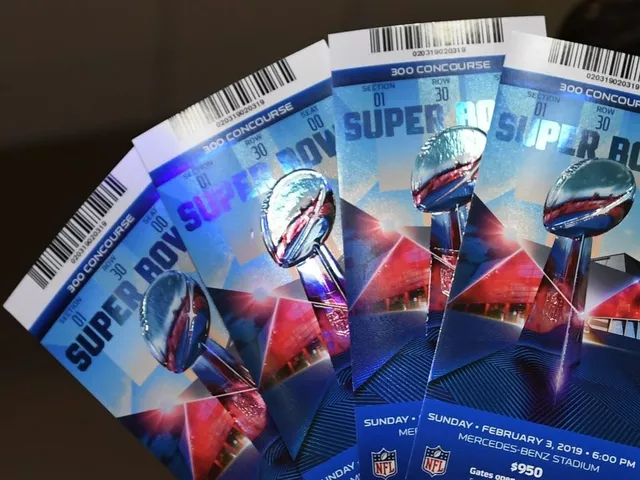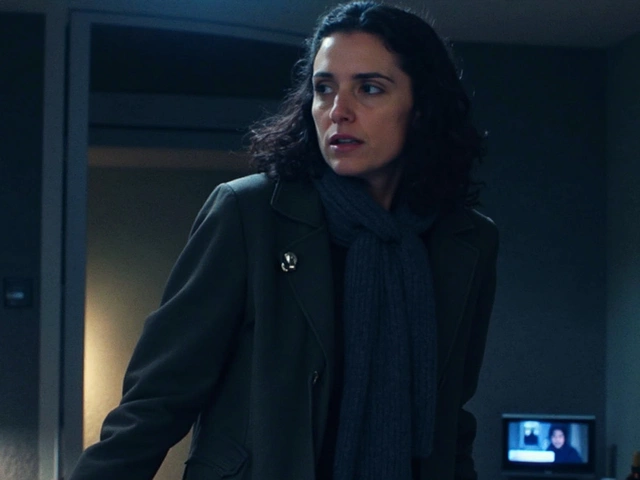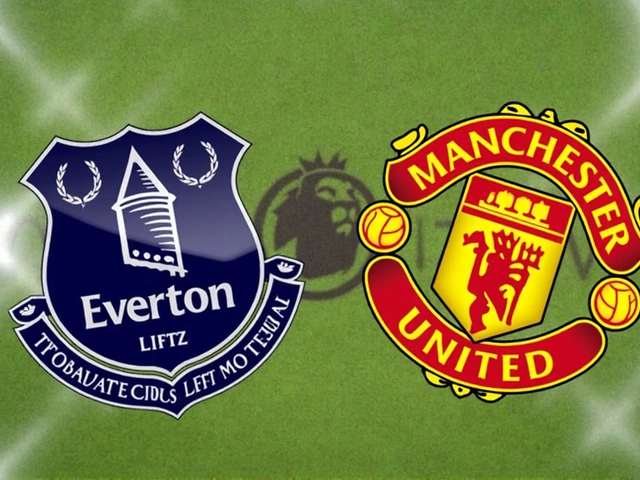The Walking Dead: More Than Just Zombies
When AMC launched The Walking Dead back in 2010, nobody expected a show about zombies to break records, rack up awards, and spark heated debates around dinner tables. Based on Robert Kirkman's comic books and brought to TV by Frank Darabont, this series didn’t just drop another batch of slow-moving monsters into our screens—it held up a mirror to modern society, asking us what we’re willing to do to survive when the world collapses.
The story kicks off with Rick Grimes, a sheriff’s deputy, bloody and bewildered after waking from a coma to a world eaten alive by walkers. While that setup could’ve been pure schlock, it quickly morphs into something much deeper. Before long, we’re not just watching people run from zombies—we’re following their struggle to hang onto their morals when disaster tears everything familiar away. The survivors’ journey zigzags from abandoned cities to lonely farms and cold, concrete prisons, but the real battleground is always inside their heads and hearts.

Survivors, Choices, and the Descent Into Darkness
Season one wastes no time in upping the stakes. Rick tracks down his wife Lori and son Carl, only to see their small group battered by loss, betrayal, and the certainty that there’s no going back. The CDC’s chilling revelation—that there’s no cure for the walker virus—leaves viewers with a sense of dread that lingers season after season. And as the group flees exploding buildings and gnawing monsters through Atlanta’s ruins, more threats come from desperate, terrified people than from the monsters outside.
The second season dials up the pressure. Hershel Greene’s farm looks like a haven, but the barn full of walkers—especially little Sophia’s grim fate—drives home a brutal truth: this new world spares nobody, not even children. Rick, forced to juggle leadership with fatherhood, finds his best friend Shane spiraling into violence and paranoia. Their friendship turns deadly—Rick kills Shane in a moment that changes him for good—while Lori’s surprise pregnancy stirs up confusion and fear. When the farm burns, viewers get a gut punch that safety is only ever temporary.
By the third season, the show ditches any pretense of restoring the old world. The survivors fortify a prison, but find themselves clashing with Woodbury, a town run by the ruthless Governor. At every turn, Rick’s group is tested—not just by the walking dead, but by living enemies who’ll do anything to survive. Andrea’s tragic death and Lori’s harrowing exit during childbirth send Rick on a downward spiral, haunted by loss and guilt. Michonne joins the fray, becoming a fan favorite with her silent, steely resolve and deadly katana. When the Governor unleashes carnage to protect his turf and ego, it’s clear evil doesn’t die with civilization.
What set The Walking Dead apart wasn’t the gore or the scares—though it delivered both in spades—but its dedication to the slow burn. Character arcs unfold over years. Relationships splinter and heal. Fans find themselves rooting for, then cursing, people like Daryl, Glenn, and Carol. The question is never just who survives, but who you have to become to do it.
The show’s influence is enormous. It spawned spinoffs, podcasts, and conventions. At its peak, millions tuned in every week, and the phrase "Don’t get too attached" became a mantra. It’s easy to see why—with 11 intense seasons, tons of heartbreak, and a total of 177 episodes—this saga changed how we look at horror, leadership, and humanity when the world ends.





